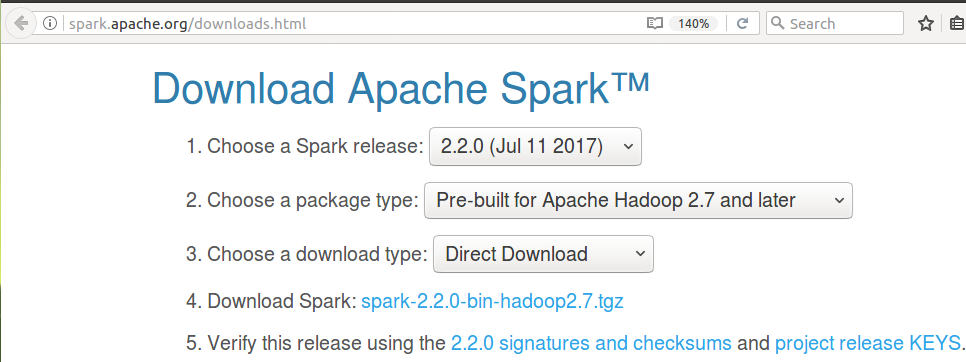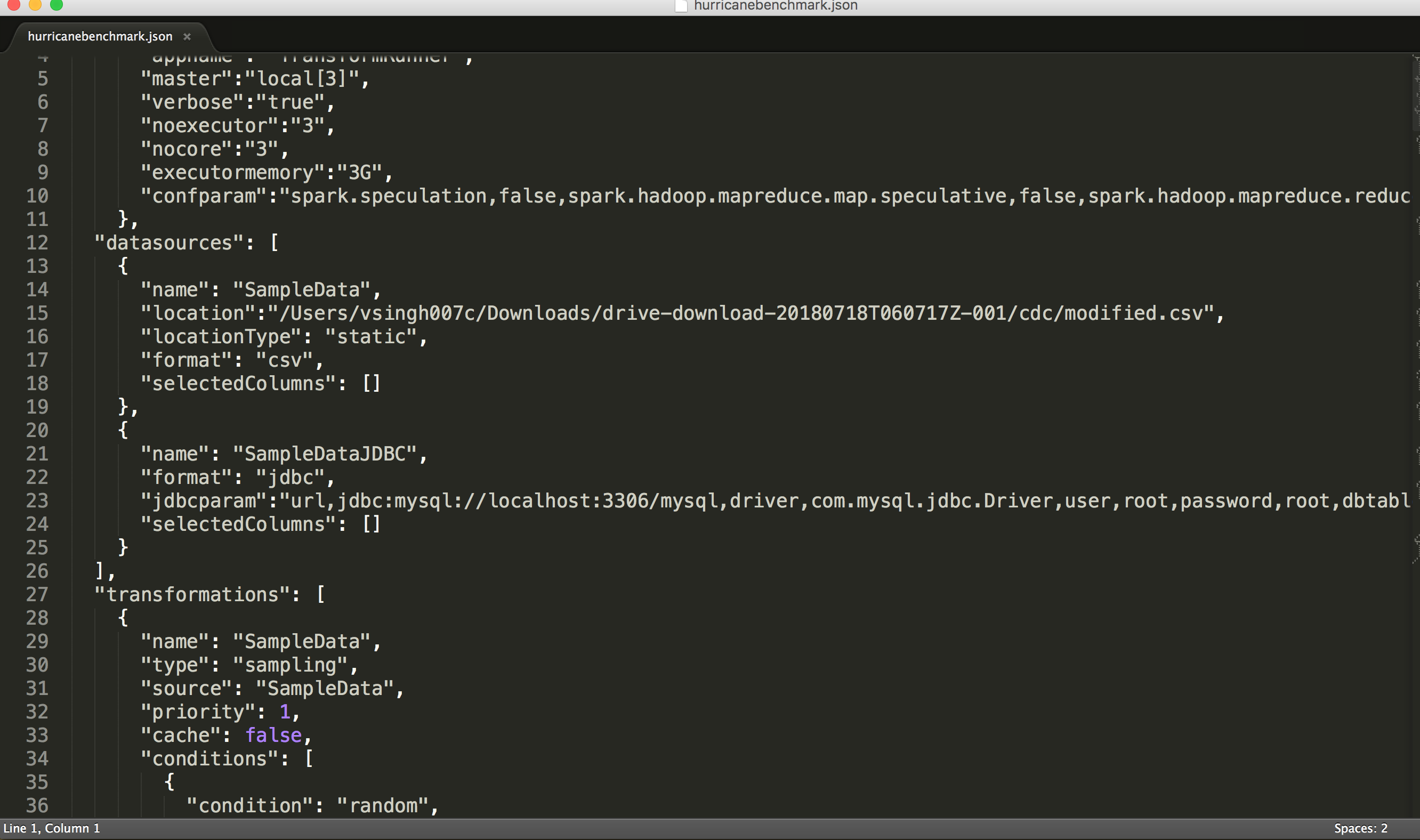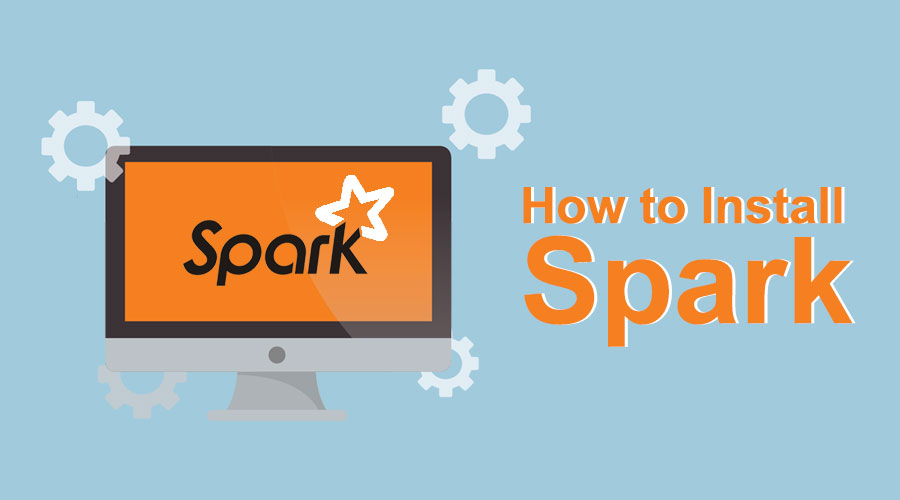
NodeManager, a node-level component running on each slave machine for managing containers, monitoring resource utilization in each container, node health and log management.ResourceManager, a cluster-level component running on top of YARN for managing resources and scheduling applications.YARN, which performs all processing activities by allocating resources and scheduling tasks through two major daemons – ResourceManager and NodeManager.DataNodes, the slave daemons running on each slave machine that store the actual data, serve read and write requests from clients and manage data blocks.NameNode, the master daemon that maintains and manages the DataNodes (slave nodes), recording the metadata of all the files stored in the cluster and every change performed on the file system metadata.

HDFS, a unit for storing big data across multiple nodes in a distributed fashion based on a master-slave architecture.Consequently, Hadoop is a framework that enables the storage of big data in a distributed environment so that it can be processed in parallel. Its architecture is based on a node-cluster system, with all data shared across multiple nodes in a single Hadoop cluster. Hadoop is an open-source distributed big data processing framework that manages data processing and storage for big data applications running in clustered systems, i.e., it’s a file system for storing data from different sources in big data frameworks.

Is that enough for today’s big data analytics challenges, or is there another missing link?Ĭlick here to learn how you can maximize storage and compute efficiency and reduce your Hadoop costs by up to 80%> What is Hadoop? But the fact is that more and more organizations are implementing both of them, using Hadoop for managing and performing big data analytics (map-reduce on huge amounts of data / not real-time) and Spark for ETL and SQL batch jobs across large datasets, processing of streaming data from sensors, IoT, or financial systems, and machine learning tasks. Like any technology, both Hadoop and Spark have their benefits and challenges. Consequently, anyone trying to compare one to the other can be missing the larger picture. Hadoop and Spark are different platforms, each implementing various technologies that can work separately and together. So I think you may try to use hadoop.fs.pyToLocalFile(False, '/test/test_merge.txt','/tmp/') or hadoop.fs.pyToLocalFile(False, '/test/test_merge.txt','/tmp/', true) instead of your current used one.What is The difference Between Hadoop And Spark?

Meanwhile, other Java programmers got the issue copyToLocalFile NullPointerException (It seems to be same as your error) when use copyToLocalFile(Path src, Path dst), and to fix it via switch to the other two APIs copyToLocalFile(boolean delSrc, Path src, Path dst) and copyToLocalFile(boolean delSrc, Path src, Path dst, boolean useRawLocalFileSystem). The screenshot for the javadocs of three APIs copyToLocalFile of Apache Hadoop version r3.1.1 The screenshot for the javadocs of three APIs copyToLocalFile of Apache Hadoop version r2.7.3įig 1.

I reviewed the javadocs of Apache Hadoop for the API .pyToLocalFile, then I found there are three type function copyToLocalFile with different parameters, as the figure below.įig 1. The HDInsight 3.5, 3.6 and 4.0 use Apache Hadoop version 2.7.3 and 3.1.1. I checked the Hadoop version for different version of Azure HDInsight in the offical document What are the Apache Hadoop components and versions available with HDInsight? as the figure below.


 0 kommentar(er)
0 kommentar(er)
